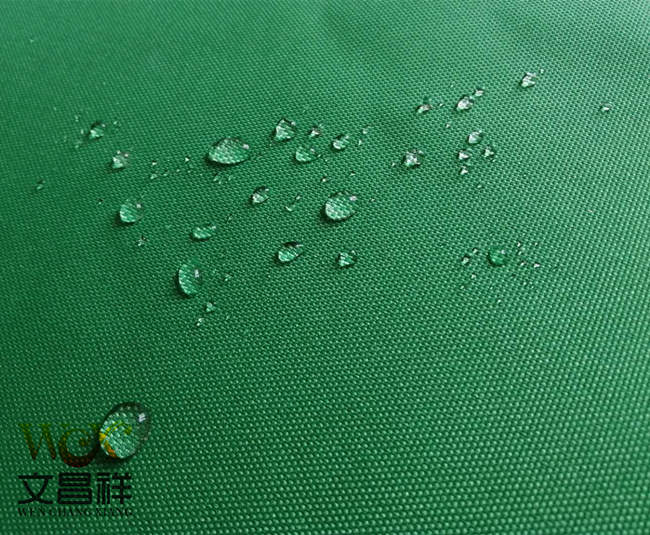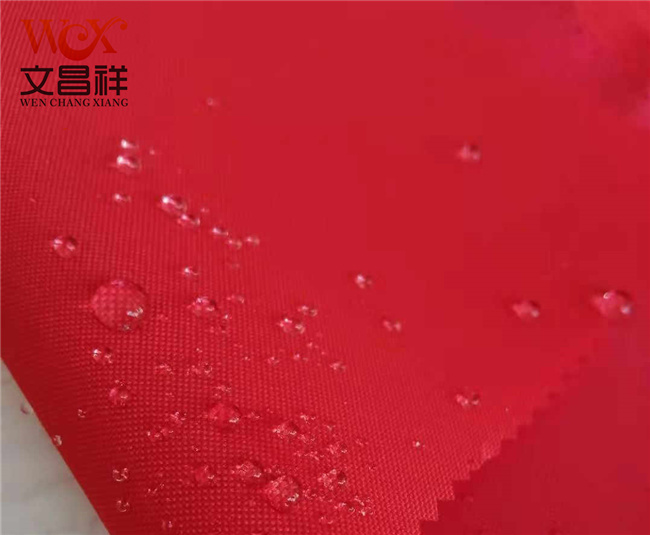In waterproof and breathable Oxford cloth, the so-called breathability can usually be understood as having two types: breathability and breathability, which are two completely different types of indicators. The former breathability refers to ordinary air permeability, also called windproof or breathability; the latter breathability refers to water vapor transmittance, also called moisture permeability.

Waterproof Oxford There are also two types of fabrics, one is ordinary anti-water repellent, and the better one is called super water-repellent; this means that water forms a ball effect on the surface of the fabric, just like on a lotus leaf, but a large amount of water stays on the fabric for a long time On the surface, the fabric will still be wet; there is also a type of waterproofing that refers to whether water can pass through the surface to the inside of the fabric, which is commonly referred to as water pressure resistance. This type of fabric can only be achieved after coating or pasting a film on the inside of the fabric. .

If it is waterproof and breathable oxford fabric, it cannot be coated or filmed. Most fabrics can meet such requirements as long as they are water-repellent. If it is waterproof and breathable oxford fabric, then most fabrics only need to be water-repellent. Water-repellent materials can also meet this requirement; if it is waterproof, water-pressure-resistant and breathable Oxford cloth, then the jacket can be made of this fabric.
Oxford cloth specifications: 1680D, 1200D, 900D, 600D, 420D, 300D, 210D, 150D, etc.
Oxford cloth functional classification: flame retardant Oxford cloth, waterproof Oxford cloth, PVC Oxford cloth, PU Oxford cloth, camouflage Oxford cloth, fluorescent Oxford cloth, printed Oxford cloth, composite Oxford cloth, etc.
</p






